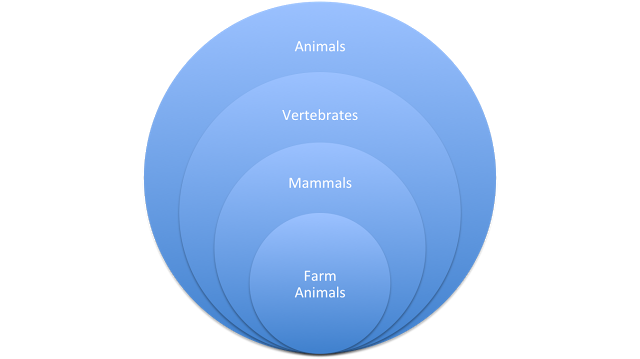Vocabulary Storage
When a student learns the meaning of a new word, the word must then be stored somewhere in the brain for future use and application. When the word is encountered again, either in spoken or written form, the student pulls up whatever concept he/she has for the word, and applies it to the new context.
For example, if the student learns that the word condominium means a place where people live, the word becomes neurologically linked with other words, such as house, apartment, mansion, bungalow etc. However, condominium means more than just a shelter. There are features about a condominium that make it slightly different from an apartment, and very different from a mansion or a shack.
When vocabulary instruction emphasizes how new words relate to the broader picture, and how the new word is different from other words that are related, the neurological storage of that new word is much more effective, making the word available to aid listening and reading comprehension as well as for retrieval during conversation or writing.
Graphic organizers are a great method for guiding students to discover the relationships among and between words that they already have, and how new words should be effectively stored. Walking a student through this process can be very helpful since it helps them, in a visual way, lay down, or enhance the “neural network” or filing system for storing words. For example:
 |
| Shelters (Inspiration File) |



